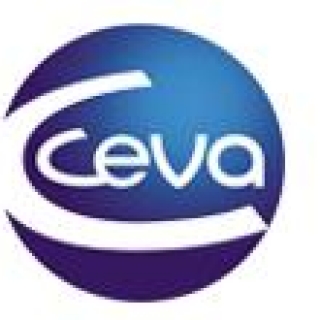The Institute for Feed Education and Research (IFEEDER), in partnership with Decision Innovation Solutions and Lobo Consulting Solutions, conducted a comprehensive study to evaluate the vitamin and amino acid supply chains and assess how potential supply disruptions could affect U.S. livestock and poultry production. The findings indicate consistent access to these key nutrients is vital for U.S. animal production and food security.
The U.S. has limited domestic production of amino acids, accounting for less than 20% of global capacity, and almost no production of vitamins, except for niacin (B3), which makes up just 7% of total global output. As a result, the U.S. feed industry relies heavily on imports, particularly from China, which supplies a significant share of supplemental amino acids and vitamins. For example, 100% of the imported lysine included in livestock and poultry feed is from China. Vitamin imports are highly dependent on China especially for thiamine (B1), pantothenic acid (B5), pyridoxine (B6), and vitamin E, where Chinese sources account for more than 80% of the total imports. This heavy dependence on imports from a limited number of sources highlights the vulnerability of U.S. animal feed production to global supply chain disruptions.

If supply chain disruptions occur, diet modifications could compensate for some supplemental nutrients. For market hogs, reformulating diets to offset restricted supplementation was partially feasible using alternative feed ingredients (e.g., alfalfa meal, soybean meal, DDGS, and fishmeal). However, such adjustments increased feed costs and, in some cases, especially for B vitamins and vitamin D, no practical formulation could meet industry nutrient standards without supplementation of vitamins.
The report concludes that U.S. feed and livestock production depend heavily on imported vitamins and amino acids, the majority of which come from China. This dependence poses risks to both supply chain stability and national food security. A disruption in imports could harm domestic livestock and poultry production while increasing feed and production costs.
November 13, 2025/ IFEEDER/ United States.
https://www.ifeeder.org






